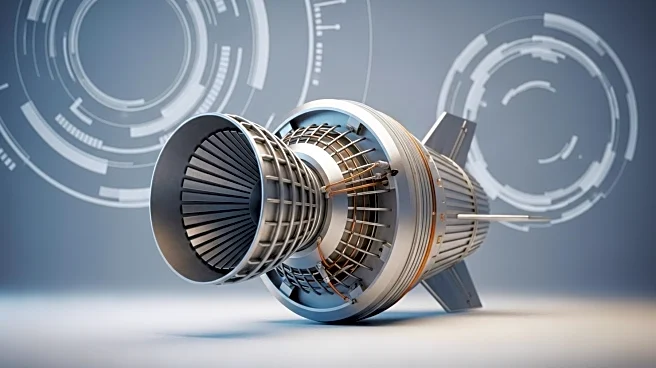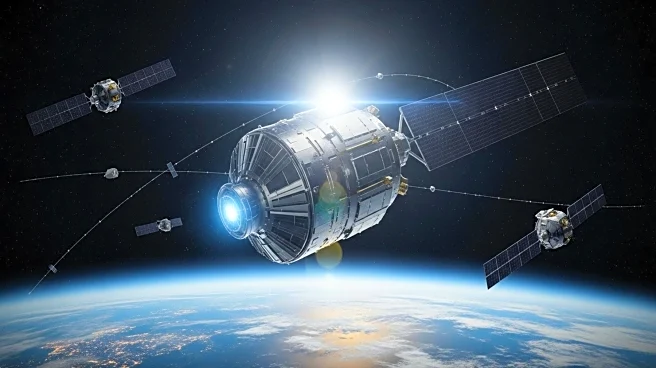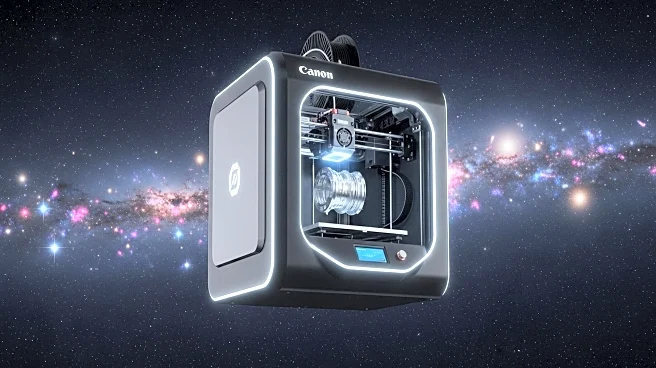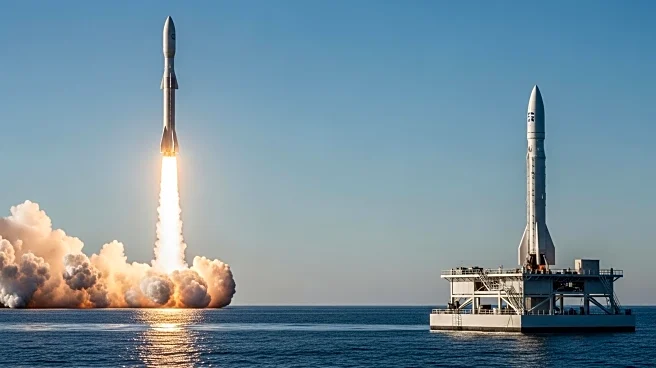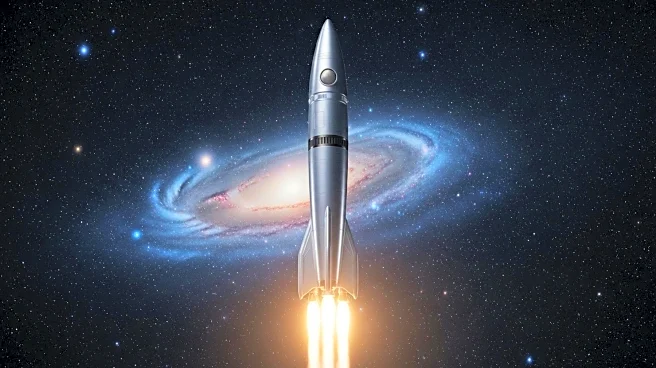What's Happening?
The European Space Agency (ESA) and Avio have entered into a contract to develop a reusable upper stage for future Vega or other European rockets. The agreement, signed on September 29 during the International Astronautical Congress, is valued at 40 million euros ($47 million) and spans two years. The project aims to advance key technologies in propulsion and reentry systems necessary for the upper stage, as well as the design of the stage itself. Giorgio Tumino, ESA's chief technical adviser for space transportation, emphasized that the initiative is structured to address both long-term reusability applications and immediate needs for the Vega rocket family. The new technologies are expected to be integrated into the Vega E, which will feature a cryogenic upper stage replacing the third and fourth stages of the current Vega C. The reusable upper stage is designed to return to Earth from orbit for reuse in subsequent flights, potentially benefiting other European rockets as well.
Why It's Important?
The development of a reusable upper stage by ESA and Avio represents a significant advancement in European space technology, potentially reducing costs and increasing the sustainability of space missions. By focusing on reusability, the initiative aligns with global trends in space exploration, where companies like SpaceX have demonstrated the economic and operational benefits of reusable rocket components. This project could enhance Europe's competitiveness in the space industry, offering new opportunities for innovation and collaboration among European startups through initiatives like the European Launcher Challenge. The integration of these technologies into the Vega family could lead to more efficient and cost-effective launches, benefiting scientific research, commercial satellite deployment, and other space endeavors.
What's Next?
While specific technical details and timelines for the development of the reusable upper stage have not been disclosed, the project is expected to explore various applications for the stage across different European rockets. The initiative may also stimulate further research and development in propulsion and reentry technologies, potentially leading to new collaborations and innovations within the European space sector. As the design work progresses, stakeholders in the space industry will likely monitor the project's developments closely, assessing its impact on future launch capabilities and the broader space exploration landscape.
Beyond the Headlines
The move towards reusable rocket stages reflects a broader shift in the space industry towards sustainability and cost-efficiency. This development could have ethical and environmental implications, as reducing the need for new rocket components may decrease the environmental footprint of space missions. Additionally, the project could foster a culture of innovation and collaboration within the European space community, encouraging startups and established companies to explore new technologies and business models.

